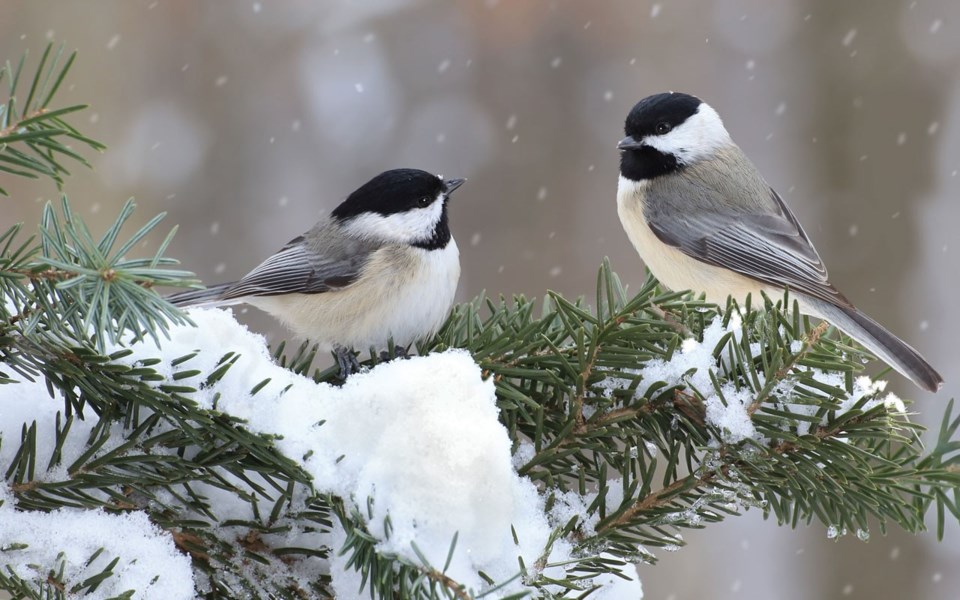Birds are the most-studied organisms in Whistler thanks to a long-term volunteer bird-monitoring program. Birds are an indicator species—tracking their behaviour and numbers can tell us a lot about what's happening in our environment.
The Christmas Bird Count is a yearly event organized by the Whistler Naturalists in Whistler. This year, it will be on Dec. 14 when we will once again collect data on bird species and numbers. Volunteer participants spend the day with binoculars out and around Whistler spotting birds, identifying birds, and counting the numbers of each species found. We have volunteers in vehicles, walking trails and neighbourhoods, observing bird feeders and even have some great spotters on both Mountains—riding the lifts and skiing the trails while counting birds. Lots of volunteers are needed, so here is more information on how you can get involved.
Feeder Watch
If you have committed to maintaining a bird feeder over the winter, while the bears are hibernating, you can watch your feeder (or spy on them with a webcam). Choose an active time of the day when you know the numbers would be highest—early to mid-morning is often best. Identify the birds you can, record the number of birds for each species, add up the numbers and submit your results by phone or email after 4 p.m. on Dec. 14. If you see a bird you cannot identify, snap a photo and submit it for identification to [email protected] or post it in the Whistler Naturalists Community Facebook group.
Join in on a walk
If you have an interest in birding and would be willing to volunteer for the Whistler Christmas Bird Count, we always need more eyes and ears out there. Even if you are just a beginner, your spotting skills will enormously help the more experienced birders with the count. We start the day at 8 a.m. in Creekside and end about 4 p.m. All you'll need is to dress warmly, pack a lunch and bring binoculars if you have them. You'll spend the day in a small group of friendly and talented birders counting the birds you see or are able to identify by call.
The Christmas Bird Count is North America's longest-running Citizen Science Project. Everyone can participate in this community event. It was started in the year 1900 as a replacement for the Christmas Bird Hunt. The Christmas Bird Count is generally accepted as the best, if not the only, tool available for assessing long-term trends in the early winter bird populations of North and Central America. Each annual regional count is to occur on a day from Dec. 14 to Jan. 5 of the Christmas season, which ensures reasonable consistency among populations of resident, rather than migratory, birds.
On Dec. 14, if you see someone with binoculars, eyes to the skies, give them a supportive wave as they count the birds for Whistler's Christmas Bird Count.
For further information on how to volunteer and participate, please contact Shawn Mason by email: [email protected] or by phone: 604-612-1167.
Naturespeak is prepared by the Whistler Naturalists. To learn more about Whistler's natural world, go to Whistlernaturalists.ca.




